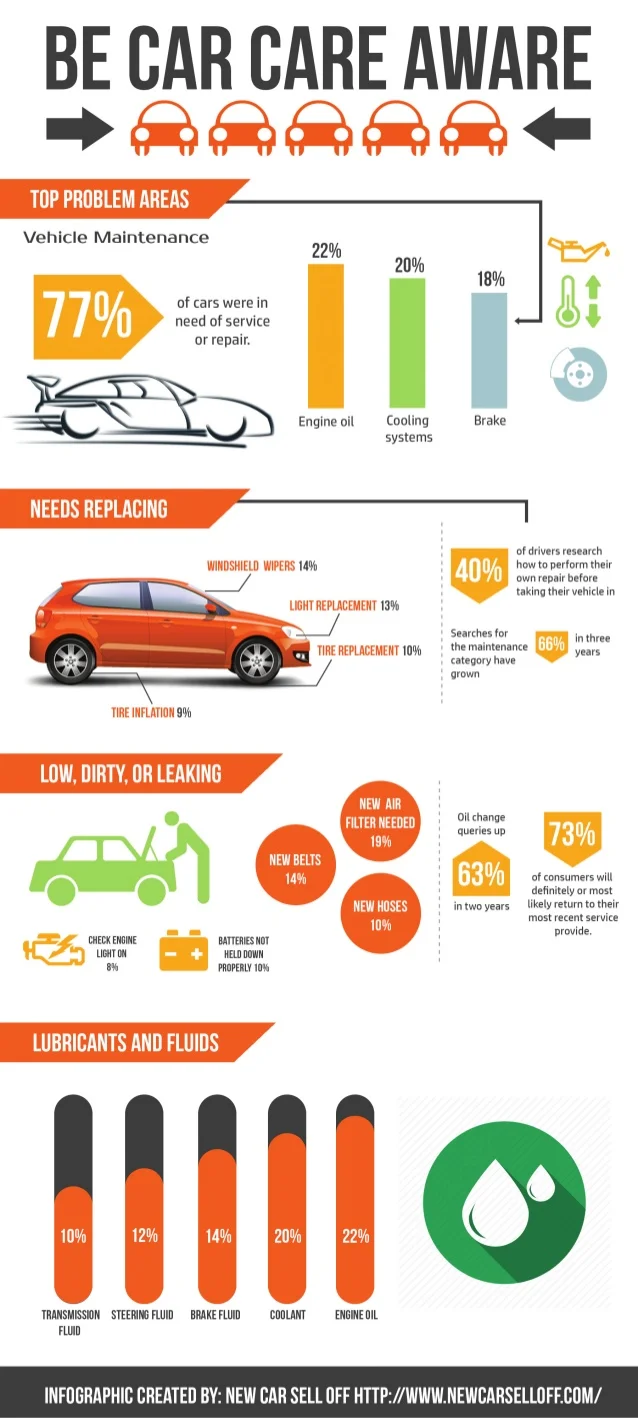Inform On Your Own On The Dashboard Warning Lights In Your Automobile To Comprehend Their Impact On The Health And Wellness Of Your Lorry
Inform On Your Own On The Dashboard Warning Lights In Your Automobile To Comprehend Their Impact On The Health And Wellness Of Your Lorry
Blog Article
Content By-Cummings Boyer
When you lag the wheel, those glowing caution lights on your control panel can be a bit complicated. Do you know what they're trying to tell you regarding your automobile's health? Understanding the importance of these lights is important for your security and the longevity of your vehicle. So, the next time one of those lights turns up, would not you intend to decipher its message accurately and take the needed actions to resolve it?
Common Caution Lighting and Interpretations
Identify typical warning lights in your automobile and understand their meanings to ensure risk-free driving.
The most normal warning lights consist of the check engine light, which signals concerns with the engine or emissions system. If this light comes on, it's crucial to have your vehicle inspected immediately.
The oil stress advising light suggests low oil pressure, calling for instant focus to stop engine damage.
A flashing battery light could recommend a damaged charging system, potentially leaving you stranded if not addressed.
have a peek here (TPMS) light informs you to reduced tire stress, affecting car stability and fuel performance. Ignoring this might result in unsafe driving problems.
The abdominal light suggests an issue with the anti-lock stopping system, compromising your capability to quit quickly in emergencies.
Finally, the coolant temperature level alerting light warns of engine getting too hot, which can lead to severe damage if not settled swiftly.
Comprehending these usual caution lights will assist you resolve problems without delay and keep safe driving problems.
Value of Prompt Attention
Recognizing the common caution lights in your vehicle is just the primary step; the significance of promptly dealing with these warnings can not be stressed enough to ensure your security on the road.
When great site illuminates on your control panel, it's your vehicle's means of communicating a possible concern that needs attention. Neglecting these warnings can lead to more extreme troubles later on, jeopardizing your security and possibly costing you extra in repairs.
Trigger attention to advising lights can protect against break downs and crashes. As an example, a flashing check engine light might show a misfire that, if left ignored, can trigger damages to the catalytic converter. Resolving this quickly can save you from a costly repair service.
Likewise, a brake system warning light might signify reduced brake fluid or worn brake pads, crucial components for your security when driving.
Do It Yourself Troubleshooting Tips
If you observe a warning light on your control panel, there are a few do it yourself repairing pointers you can try before seeking specialist assistance.
The first step is to consult your automobile's manual to understand what the specific caution light suggests. Often the problem can be as easy as a loosened gas cap causing the check engine light. Tightening up the gas cap might fix the issue.
Another common concern is a low battery, which can activate various cautioning lights. Examining https://frontbrakesandrotors39516.blogripley.com/28251488/it-is-essential-to-focus-on-regular-maintenance-for-your-automobile for rust and ensuring they're safe and secure could fix the problem.
If a caution light continues, you can attempt resetting it by detaching the auto's battery for a few minutes and afterwards reconnecting it. Additionally, examining your car's fluid degrees, such as oil, coolant, and brake liquid, can help repair advising lights associated with these systems.
Final thought
To conclude, recognizing your car's warning lights is crucial for maintaining your car running smoothly and safely. By quickly resolving these notifies and understanding what they indicate, you can stay clear of expensive fixings and possible break downs.
Bear in mind to consult your car's manual for particular information on each alerting light and act accordingly to make sure a trouble-free driving experience.
Remain educated, remain safe on the road!
